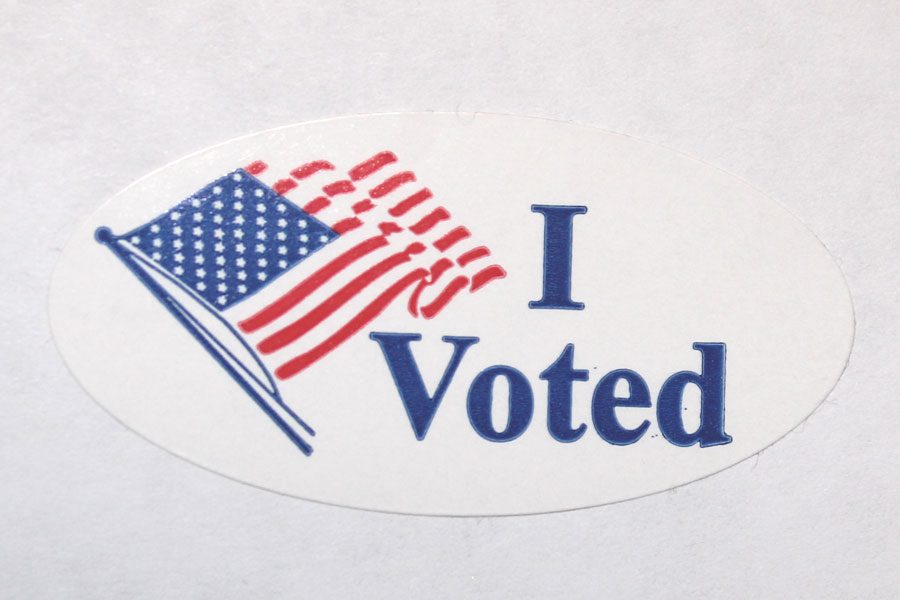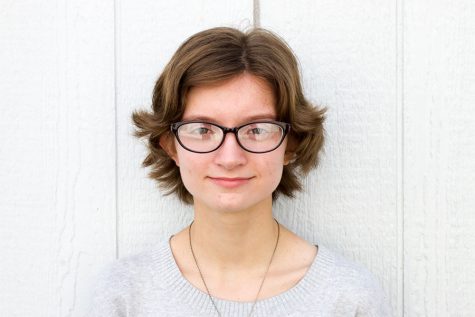Behind the Scenes on Election Day 2016
November 9, 2016
Election Day is an important event not only for the United States but also for the rest of the world. However, it isn’t always as simple as just walking in and filling out a ballot–there can be long wait times, malfunctioning voting machines, and other delays that play into how smoothly the day goes.
A key part in the success and speed of a polling station is the role of election judges, who help to sign in voters, oversee voting procedures, and register new voters in states that offer same-day registration. “It’s basically like customer service,” said 37-year-old John Griffin, who was serving as a judge at a polling station in University Park Elementary School, University Park, MD, and has been volunteering as an election judge since he was 18. He described how judges can assist in directing voters to the correct area and can help them understand how the process works. “We also help out with handicapped people,” he added. “We’re basically just a guide.”
Another election judge at the polling station, who wished to remain anonymous, said that she decided to serve as a judge because she “would like to participate in the process,” commenting that “there’s a lot of work involved” and “it’s a long day.”
Local governments also take steps to reduce how much time it takes to wait and then vote at various polling stations, another intrinsic part of the process. Mr. Benjamin Birge and Mr. Rick Miller were both present at the University Park polling station as part of the Prince George’s CountyStat program, with the goal of collecting data on these times, which is then used to streamline the process. Mr. Miller explained that they are working with the county’s Board of Elections “to come up with a way for them to calculate voter wait times. . .without math,” from looking at the number of people that are currently in line. This can be used to see which polling stations may need more resources, such as scanning machines for ballots.
Mr. Birge pointed out that part of the reason voting was held up at that particular polling station, in the morning, was due to the presence of only one machine. “It seemed pretty clear early on [that] if there was more than one, it would have made a big difference,” he explained, adding that “if there was a problem with the ballot. . .that exacerbated the problem,” causing other voters to have to wait longer for their ballots to be processed.
However, he also commented on how the team of election judges within the polling station was “incredibly attentive to what was going on,” moving furniture as well as the scanner itself in order to keep lines of voters from merging and voting running efficiently, which “really made a difference.”
“We were both very impressed by the way they saw the issue and addressed it,” he commented. “We both noticed how much logistically better things were when they saw problems and figured out how to fix them.”




